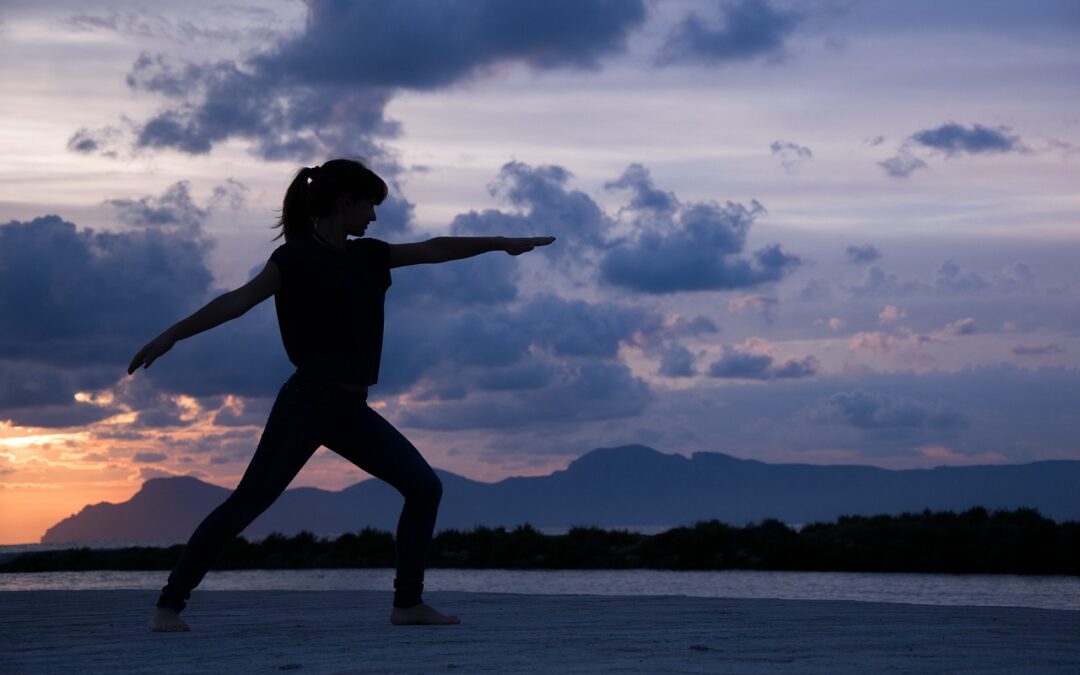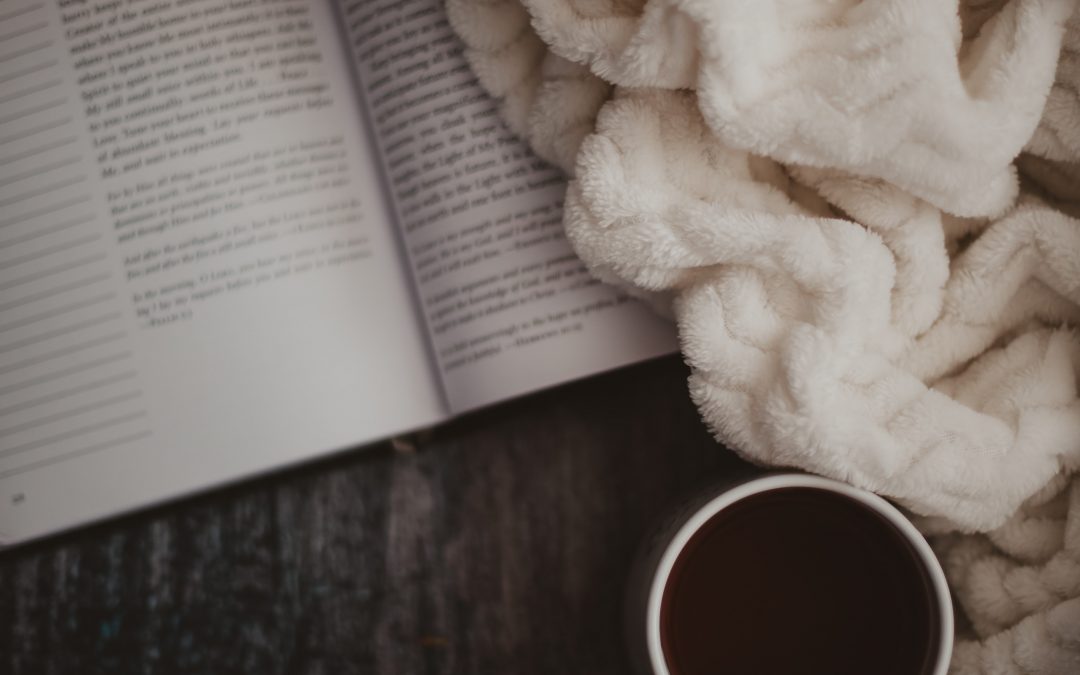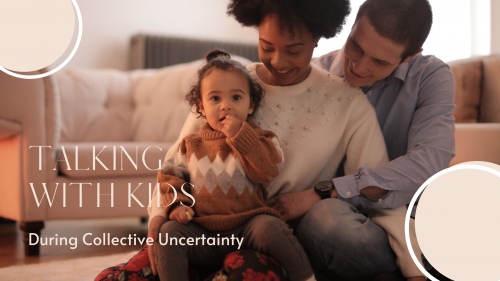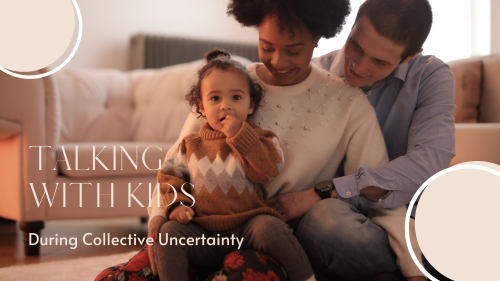 Introduction:
Introduction:
In our fast-paced, modern world, it’s easy to confuse rest with depletion recovery. Many individuals mistakenly believe that they are resting when, in reality, they are merely recovering from over-functioning and energy depletion. Rest is not simply the absence of activity or sleep; it is a conscious decision to maintain energy reserves and allow the body and mind to rejuvenate. In this article, we will explore the distinction between rest and depletion recovery, highlighting the importance of true rest for overall well-being.
Defining Rest and Depletion Recovery:
Rest goes beyond physical inactivity or sleep. It involves consciously choosing to disengage from modern distractions such as television, screens, and other energy-draining activities. Rest is a deliberate act of replenishing energy reserves and finding balance.
Depletion recovery, on the other hand, refers to the process of recovering from overexertion and energy depletion. It is a reactive response to excessive demands placed on the body and mind, often resulting in fatigue and burnout.
The Importance of Rest:
Rest allows the body and mind to recharge, promoting physical and mental rejuvenation. It replenishes energy reserves, enhances cognitive function, and improves overall well-being.
Rest plays a crucial role in stress reduction. By consciously disconnecting from daily stressors, individuals can lower cortisol levels, reduce anxiety, and restore a sense of calm.
Rest provides an opportunity for the mind to wander, fostering creativity and enhancing productivity. It allows for new ideas to emerge and promotes problem-solving abilities.
The Pitfalls of Depletion Recovery:
Depletion recovery may provide temporary relief from exhaustion, but it often fails to address the underlying causes of depletion. Without true rest, individuals may find themselves trapped in a cycle of over-functioning and subsequent recovery.
Continuous reliance on depletion recovery without incorporating genuine rest can lead to increased vulnerability to stress, illness, and burnout. It becomes a reactive approach rather than a proactive one.
Cultivating Restful Practices:
Engaging in mindfulness practices and meditation can help individuals cultivate a restful state of mind. These practices promote self-awareness, relaxation, and mental clarity.
Spending time in nature and engaging in outdoor activities can be incredibly restorative. It allows individuals to disconnect from technology, breathe fresh air, and reconnect with the natural world.
Engaging in hobbies and creative pursuits provides an opportunity for restful engagement. Whether it’s painting, playing an instrument, or gardening, these activities promote relaxation and rejuvenation.
Conclusion:
Distinguishing between rest and depletion recovery is crucial for maintaining overall well-being. While depletion recovery may provide temporary relief, true rest is essential for replenishing energy reserves, reducing stress, and fostering creativity. By consciously choosing restful practices and prioritizing genuine rest, individuals can achieve a more balanced and fulfilling life.

 Introduction:
Introduction:




 We’ve all heard the directions for the oxygen mask on the airplane, right? Before takeoff, the flight attendants remind you that you have to put your mask on before you help others with theirs. So it goes with the concept of self care: We have to help ourselves first, otherwise we can’t truly be of assistance to anyone else.
We’ve all heard the directions for the oxygen mask on the airplane, right? Before takeoff, the flight attendants remind you that you have to put your mask on before you help others with theirs. So it goes with the concept of self care: We have to help ourselves first, otherwise we can’t truly be of assistance to anyone else. 
 A new year often means new beginnings. While that may not look the same for each of us, any new beginning first
A new year often means new beginnings. While that may not look the same for each of us, any new beginning first 
 By Holly Schweitzer Dunn, LISW
By Holly Schweitzer Dunn, LISW